Cleaning heat exchangers offshore is quite tricky. In this case, IKM Ocean Team technicians were challanged by the issue of, where to connect their equipment to obtain the most effective result, while still saving time and cost for the customer.
In this heat exchanger case, the produced scavenger had burned in to printed circuit openings so firmly that a chemical soak would not be able to dissolve it thoroughly, within the given timeframe.
IKM Ocean Team evaluate from job to job on which solutions are most optimal and mobilize most quickly. The equipment was optimized to fit the conditions. By using more nozzles, it was possible to clean cautiously, yet efficiently, and with a truly satifying result.
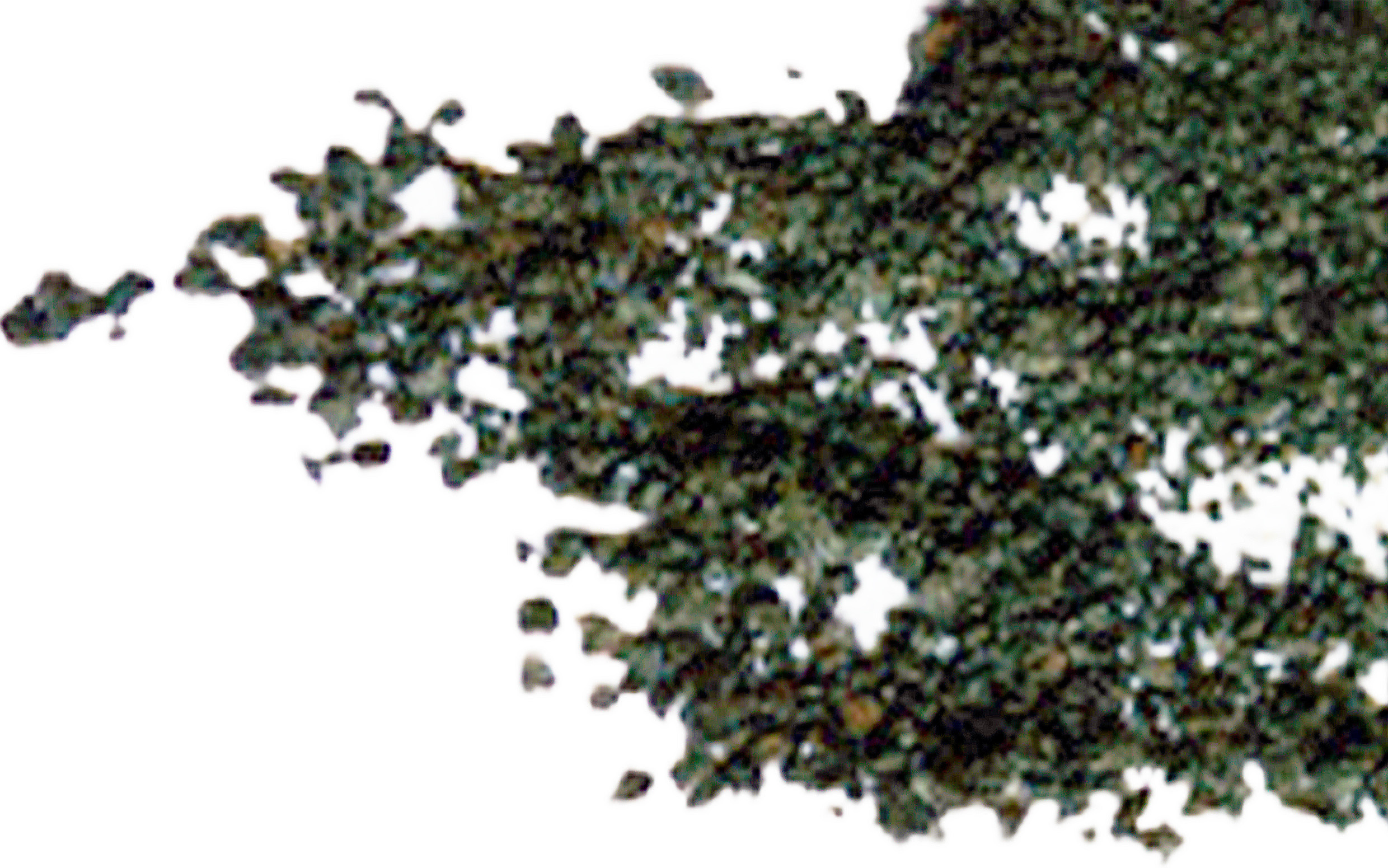
Scavenger contaminating particles caught in the filter.
Saving Water equals Saving Cost
The heat exchanger holds mercury that carries with the cleaning water, when high-pressure cleaning. IKM Ocean Team found a solution to filtrate the produced water into one tank only and from here re-use it over and over again. This way, the customer saved costs on water use, while the amount of mercury contaminated water sent to waste deposit became significantly reduced. 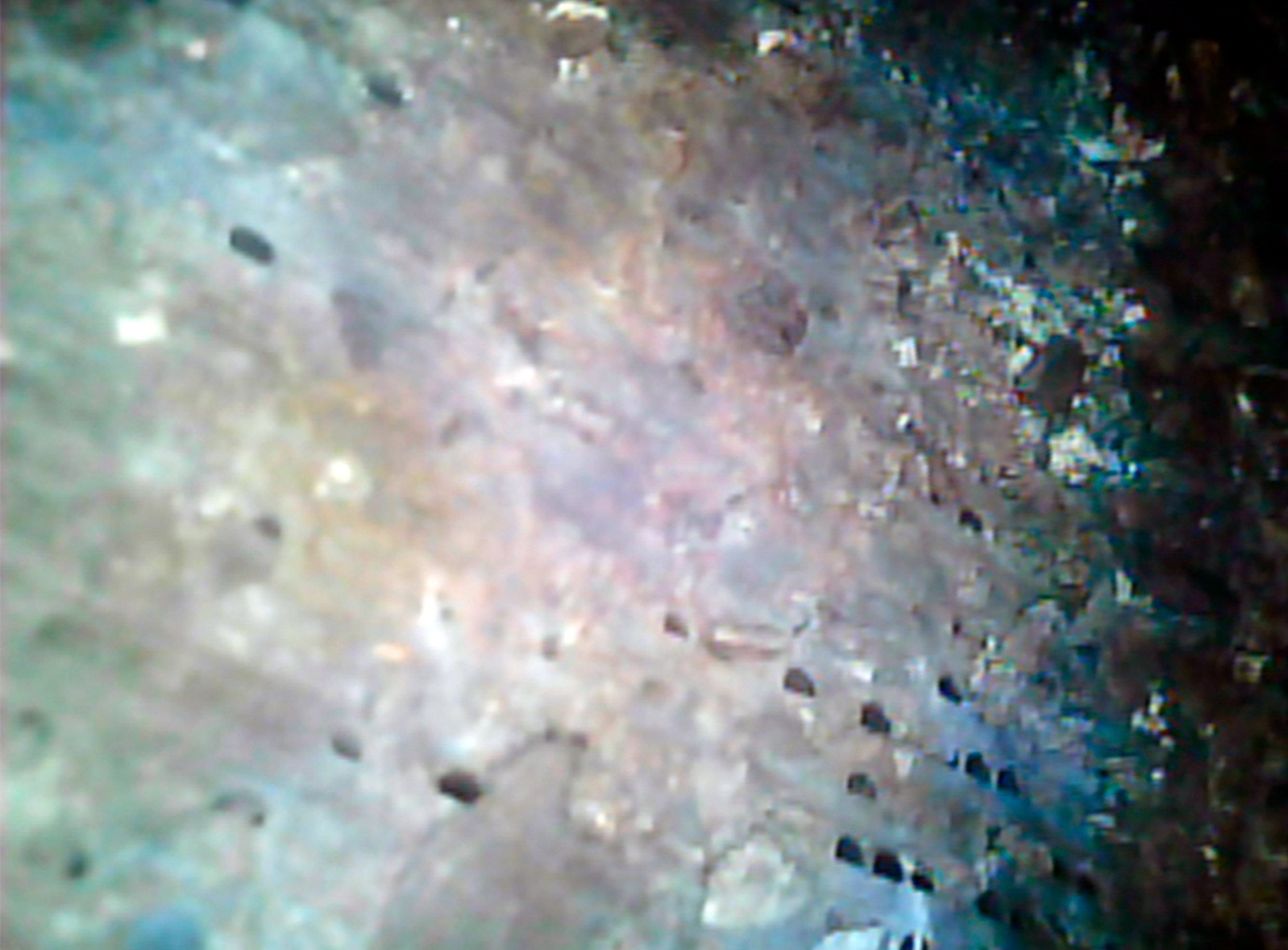
The above is a visual of the printed circuit before mechanical cleaning it. Spent scavenger has clogged all openings.
Before- and After Pressure Measurements Indicate the Efficiency of Mechanical Cleaning
Before the mechanical cleaning, the differential pressure in the heat exhchanger showed an alarming 4.5 bar. Figures 1 and 2 provide visuals on the heat exchanger performance before and after IKM Ocean Team’s mechanical cleaning. A level between 0.3 - 0.6 bar is considered free passage inside the printed circuit.
IKM Ocean Team obtained the pressure bar of the customer’s desired outcome, shortly, within their maintenance shut down period. With a result of only 0.62 bar differential pressure (fig.2), they created a scavenger free passage through the printed circuit and the heat exchanger was again ready for production.
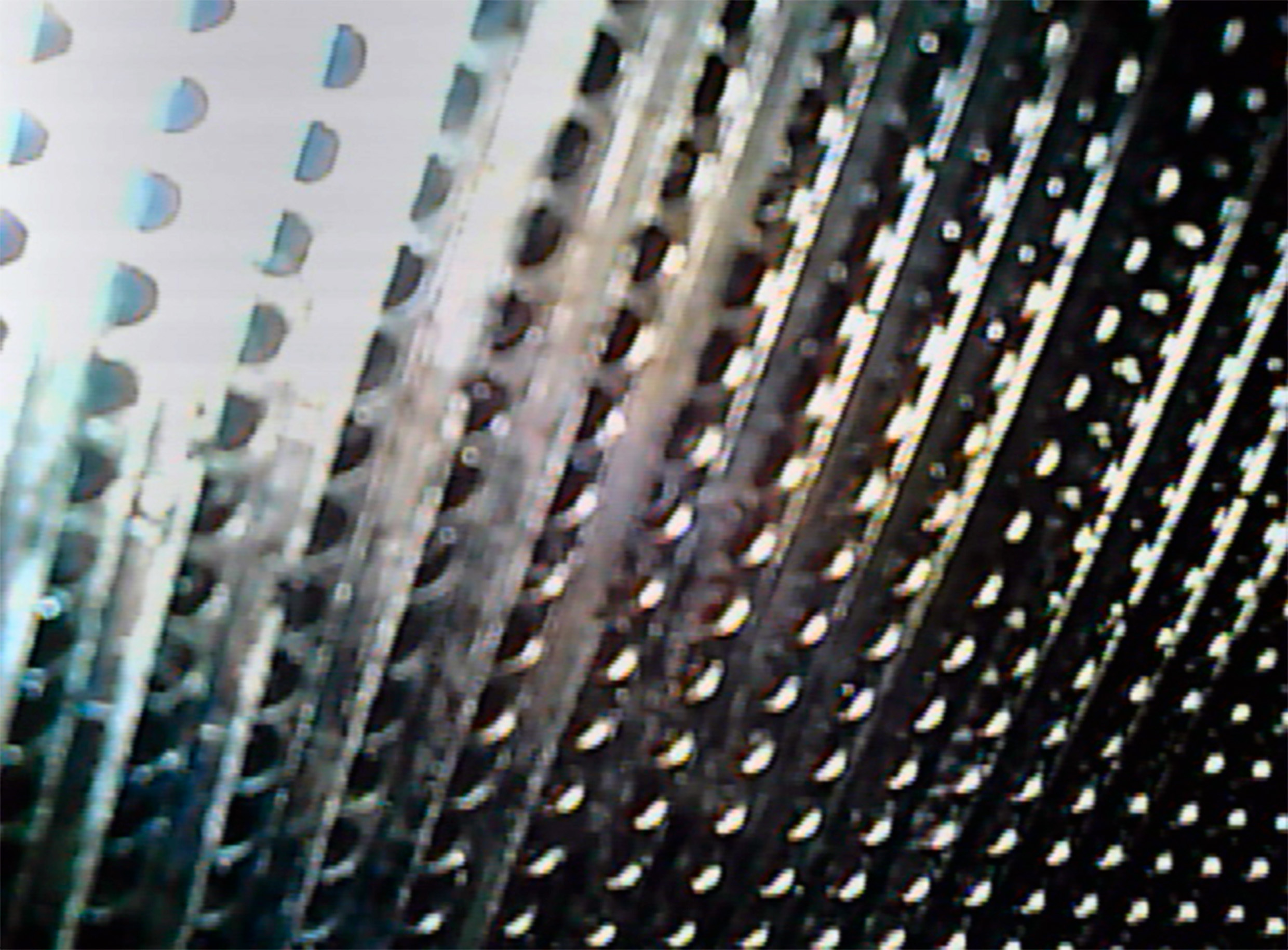
The visual shows the printed circuit after mechanical cleaning.
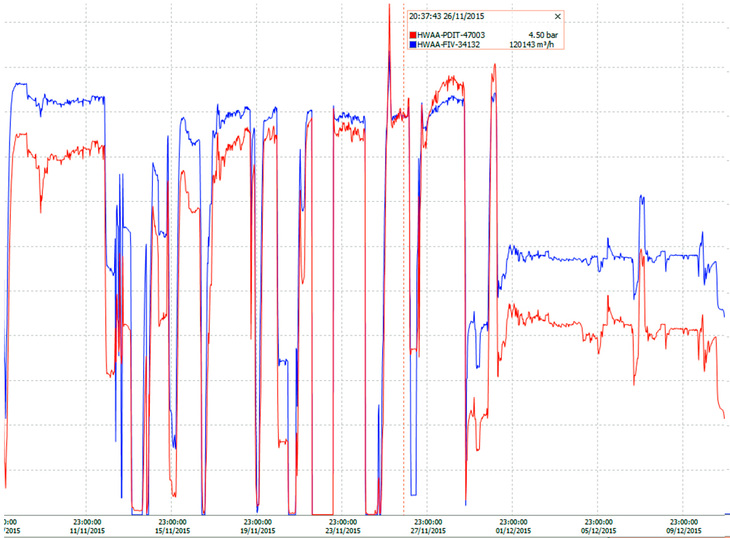
Fig. 1. Before mechanical cleaning - diff. pressure equals 4.5 bar.
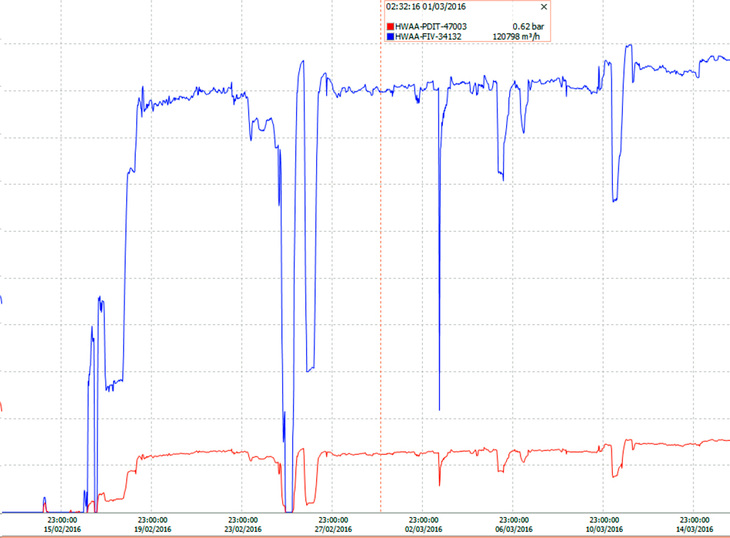
Fig.2 After mechanical cleaning - diff. pressure equals 0.62 bar.